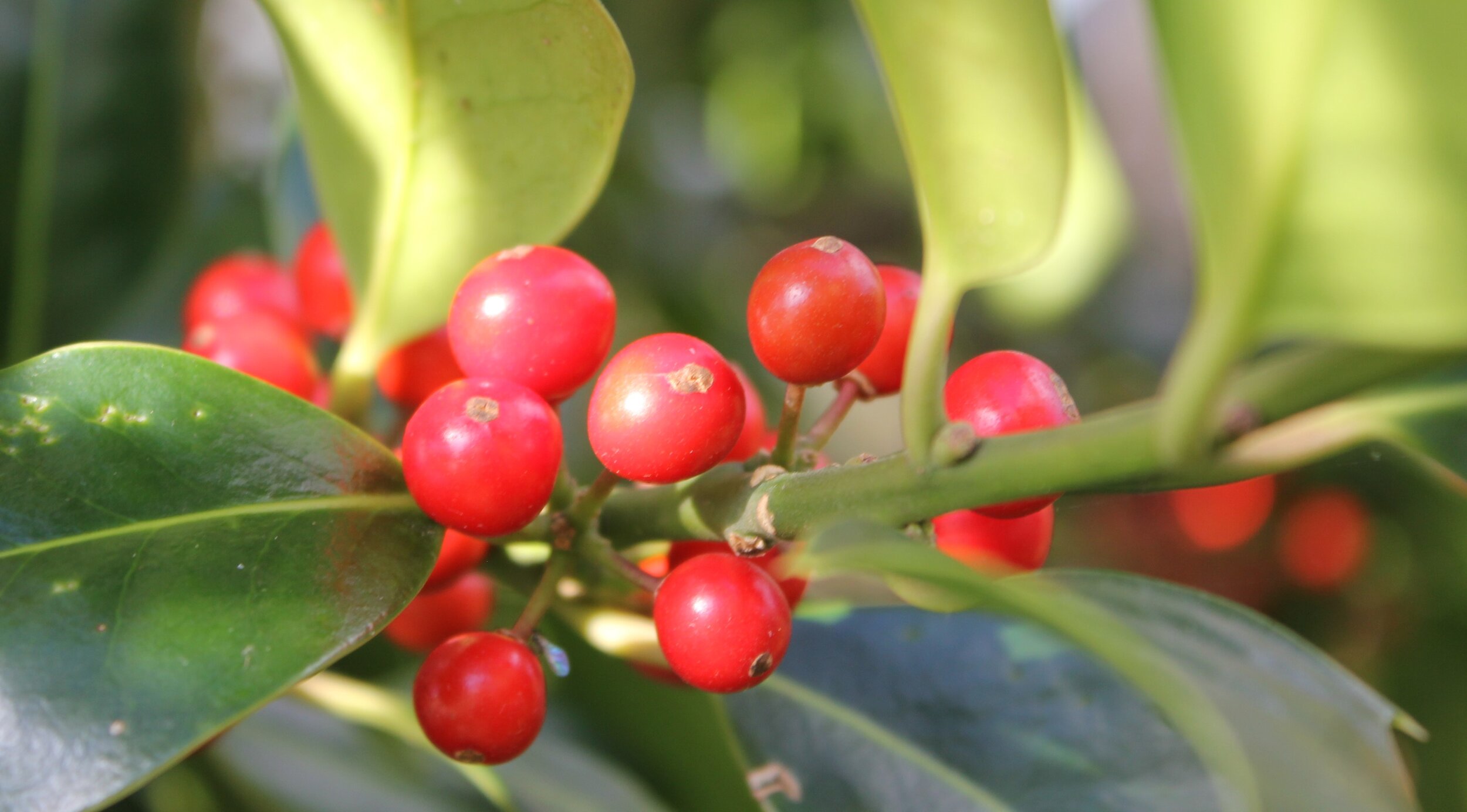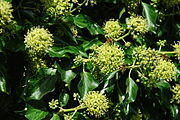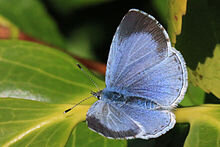As we endure the shortest and darkest days of midwinter, light and life are as precious to us as they have always been and just as we do now, our ancestors down the ages brought living evergreen foliage into their dwellings.
In Pagan times the winter solstice was referred to as Yule and celebrated as a time of renewal and regeneration with holly and ivy brought inside for protection, immortality and resurrection. A reminder to us that the bitter depths and darkness of winter must have felt to them like a form of death. The Romans were a much cheerier bunch who, apart from the odd sacrifice, celebrated Saturnalia with a party, feasting and decorating their god Saturn with holly wreathes. Christianity saw these traditions in relationship to its own beliefs and gave us Christmas, our interpretation of our natural surroundings changes as our knowledge of it increases and now we understand the dark days of the winter solstice in scientific terms as our earth spins around the sun and our part of the world is furthest from it giving us shorter days and longer nights.
But our ties to our history, the natural world and the landscape around us are still deeply embedded in tradition and for whatever reason we feel might be right for us now, we still like to have holly and ivy in our homes along with mistletoe and the Christmas tree to lighten and brighten the mood of mid winter.
These native evergreen species are vital to our wildlife too, holly berries are attractive and unmissable to birds as well as us but unexpectedly it’s holly’s tiny white flowers which we hardly notice, along with ivy flowers, which provide the food of the holly blue butterfly larvae. I’m sure none of us give them a second thought until that early summer day when we see those beautiful blue butterflies they have become flitting over the garden.
Ivy flowers in autumn when sources of pollen and nectar are drying up and are a magnet to insects of many kinds including ivy bees which are dependant on them. The berries are dark green and mature in late winter when other brighter berries are gone so are a wonderful resource for hungry birds. Contrary to popular belief ivy does no harm to its host tree but provides shelter and food to at least fifty wild species, a plant to respect and treasure not condemn.
For most of the year holly and ivy go largely unnoticed in our gardens, a deep green glossy leaved backdrop as happy in a shady corner as in full sun. Indispensable to our gardens’ wildlife for food and shelter and with zero air miles right now the freshest possible cut foliage to decorate our homes, celebrate the season and stay warm and dry indoors looking forward to next year’s first holly blue butterfly.



